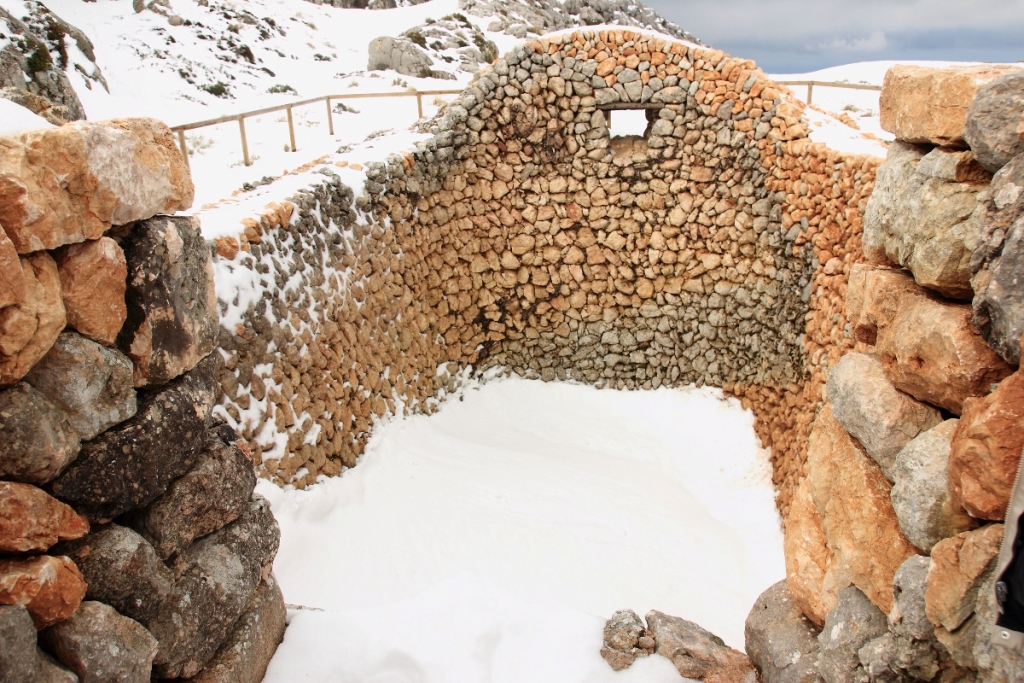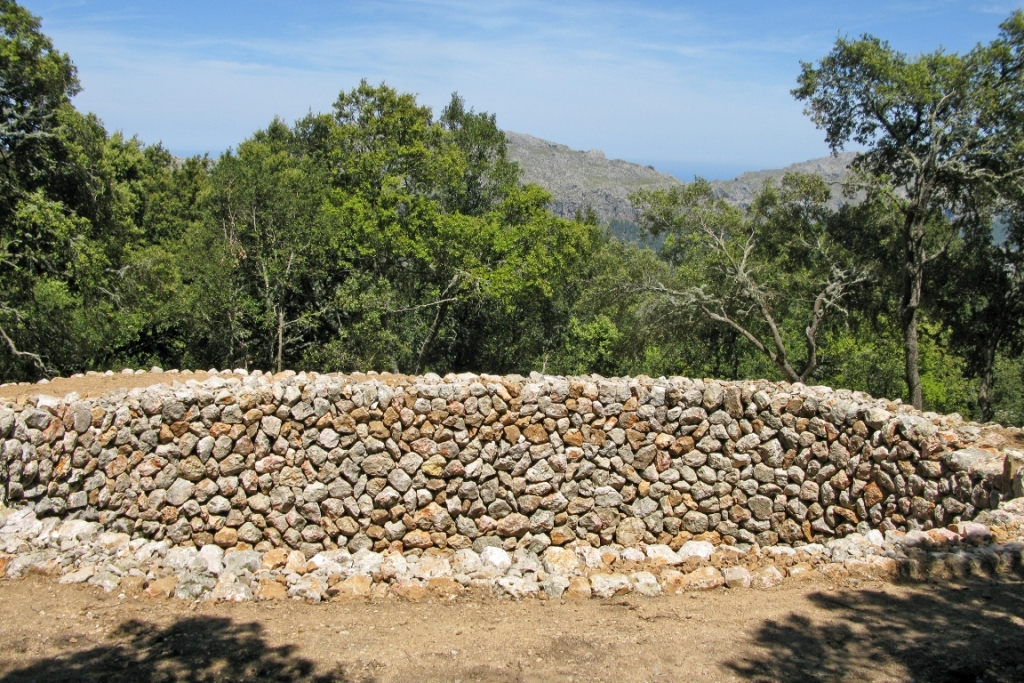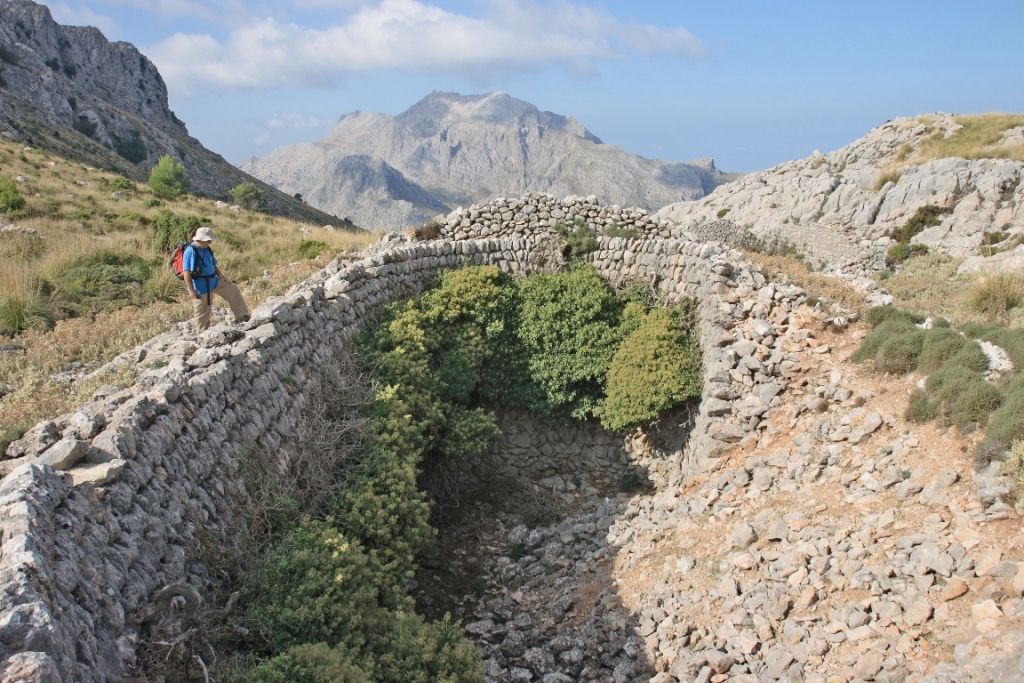The snow houses on the Massanella Massif
Description
The snow houses, or cases de neu, and the adjoining buildings used for collecting, storing and transporting snow are all mainly dry stone constructions, located in incredible landscapes of great environmental value.
On the Massanella massif there are 11 deposits plus terraces that made it easier to collect the snow; walls to accumulate it or delimit the area of exploitation; shelters or porxos sheltering the nevaters (those who collected the snow); fountains and pits. Seven of these constructions are located on public estates and the other four are found on private properties.
Most of the deposits are located above 1000 metres; only two of them are located at a height of around 800 metres. There are five nevaters paths that lead to them, constructed specifically for this purpose.
The use of ice obtained from accumulated snow for medicinal and gastronomic use was of great economic and cultural value for centuries, both in the Mediterranean region and in the East. Ancient authors tell us about this usage back in Classical Greece, and during Roman times the use of artificial deposits where ice was made was already something of a regular practice. Toward the end of the Middle Ages, and as a result of more contact with the East, the use of ice came back to the West and became very popular. It spread via southern countries like Italy and Spain, extending through France and then up towards the northern countries.
The presence of more or less subterranean structures with a plant covering seems to have been consolidated during the 17th century and commercialisation kept developing on the island of Mallorca until the beginning of the 20th century when industrial methods for ice production became common and the practice disappeared. The economical importance and the resulting health benefits were evident from the moment the industry was regulated in 1656 with the ‘Capítol de l’Obligat de la Neu’ and a number of other documented references to the activity such as for example the tax that was imposed on the trade, rental contracts for the installations, and the price of ice itself.
The snow houses around the Massanella massif in Escorca were declared, in 2004, an Asset of cultural interest in the category for Site of ethnological interest based on the patrimonial and ethnological value of the constructions in the area.
Related information
-
Ses voltes d'en Galileu. L'itinerari de la neu
Download



